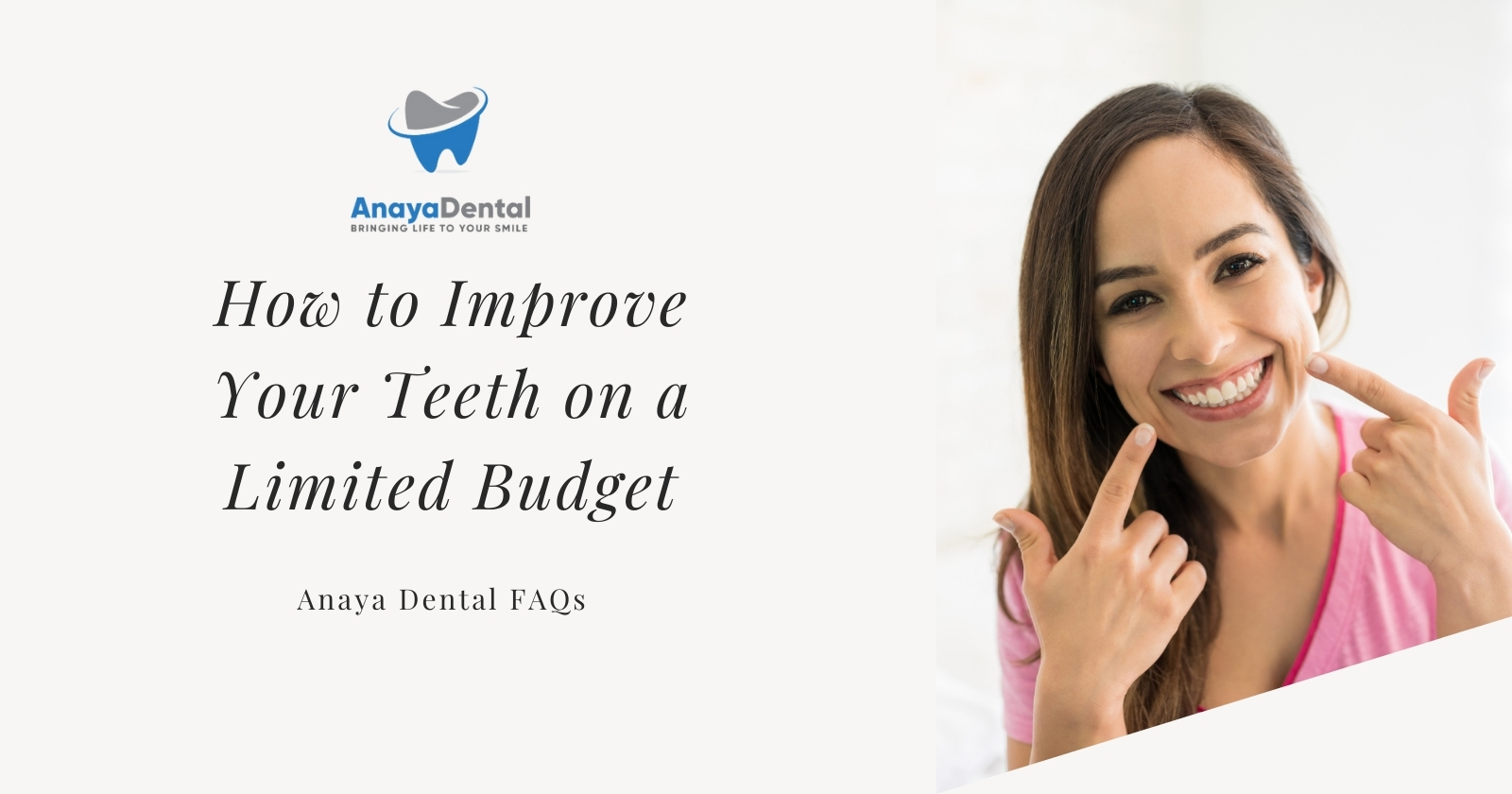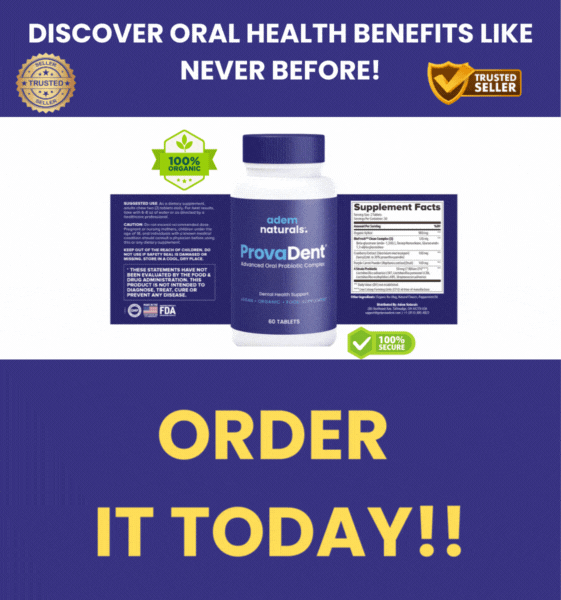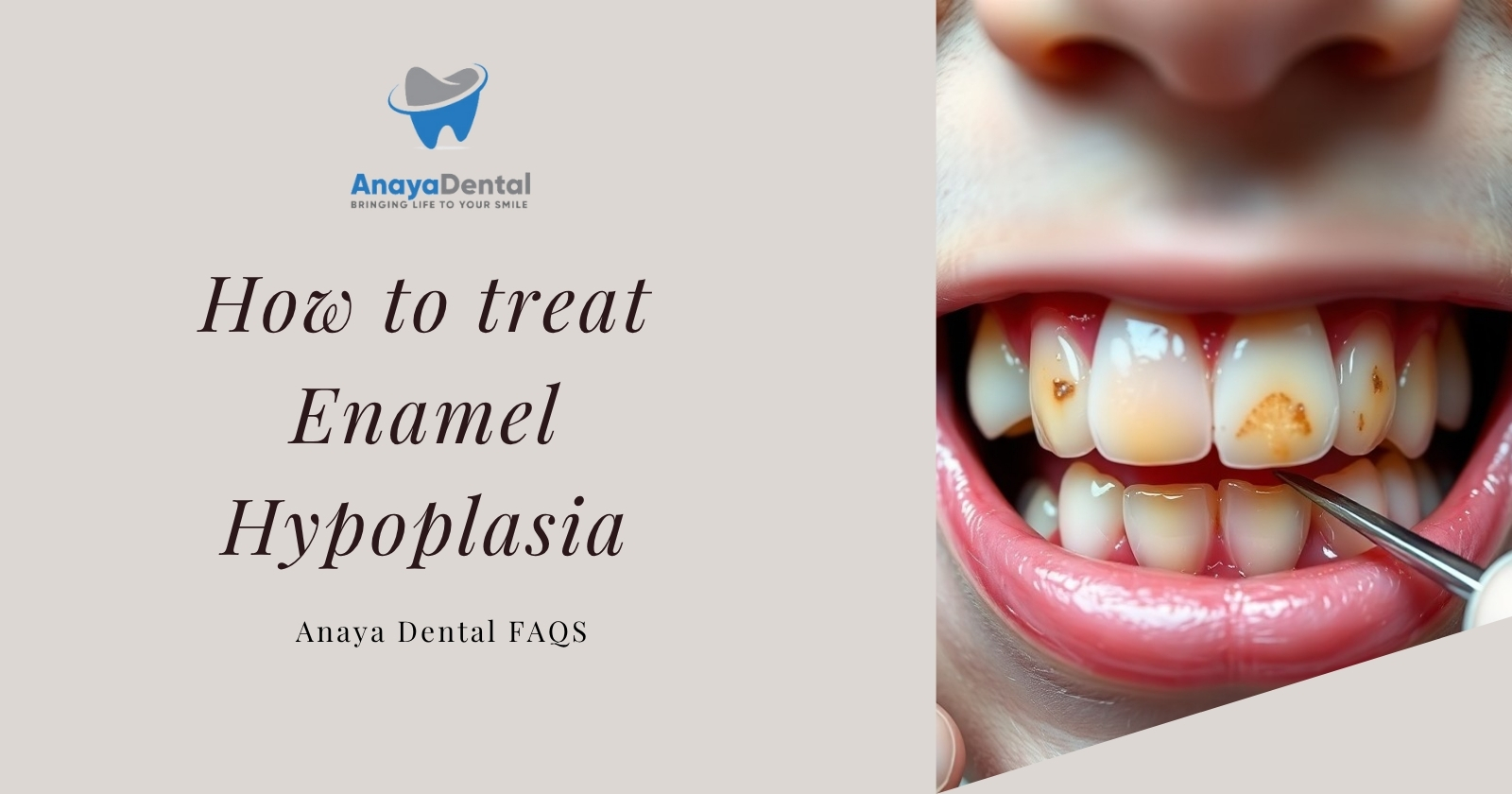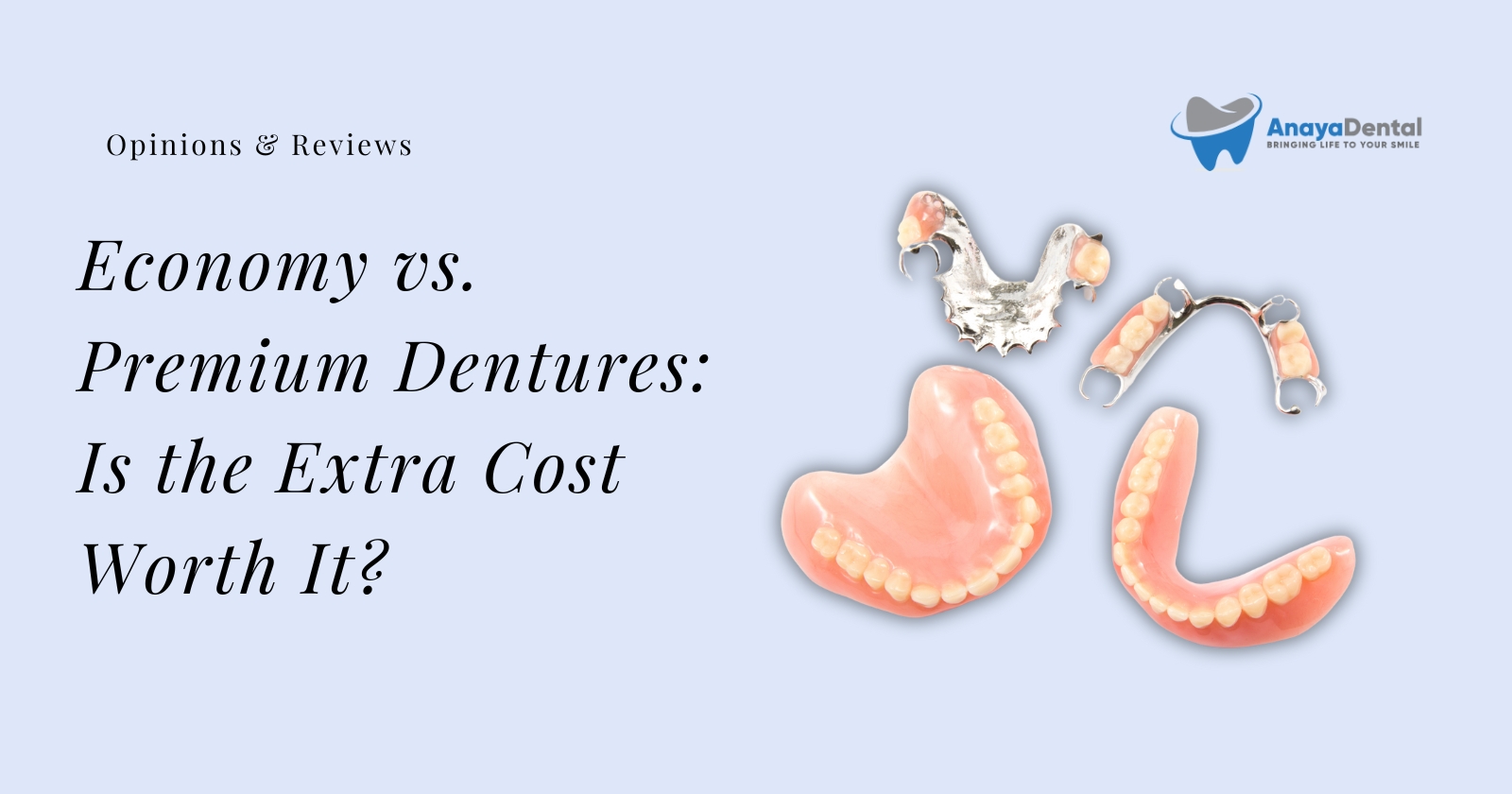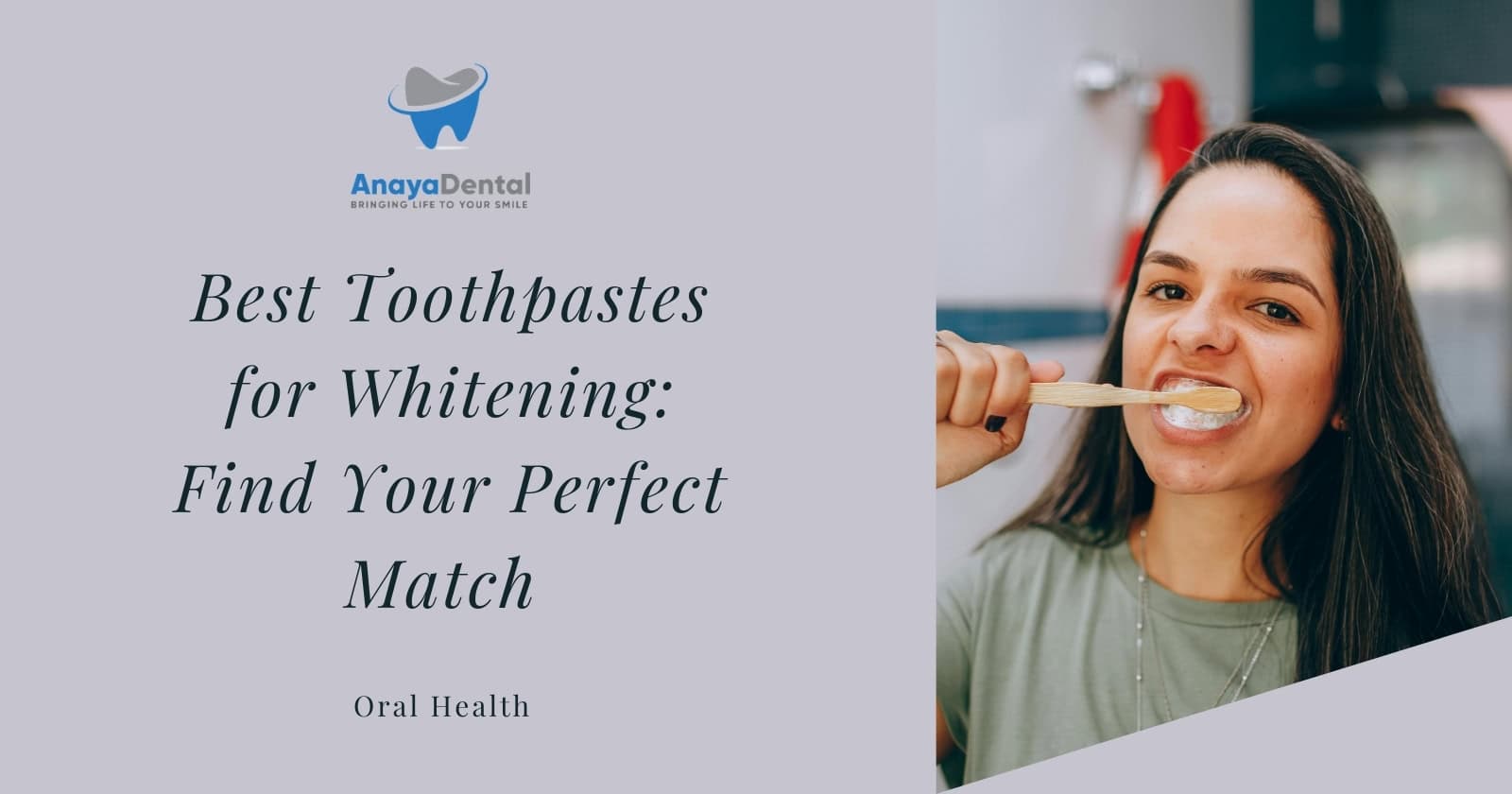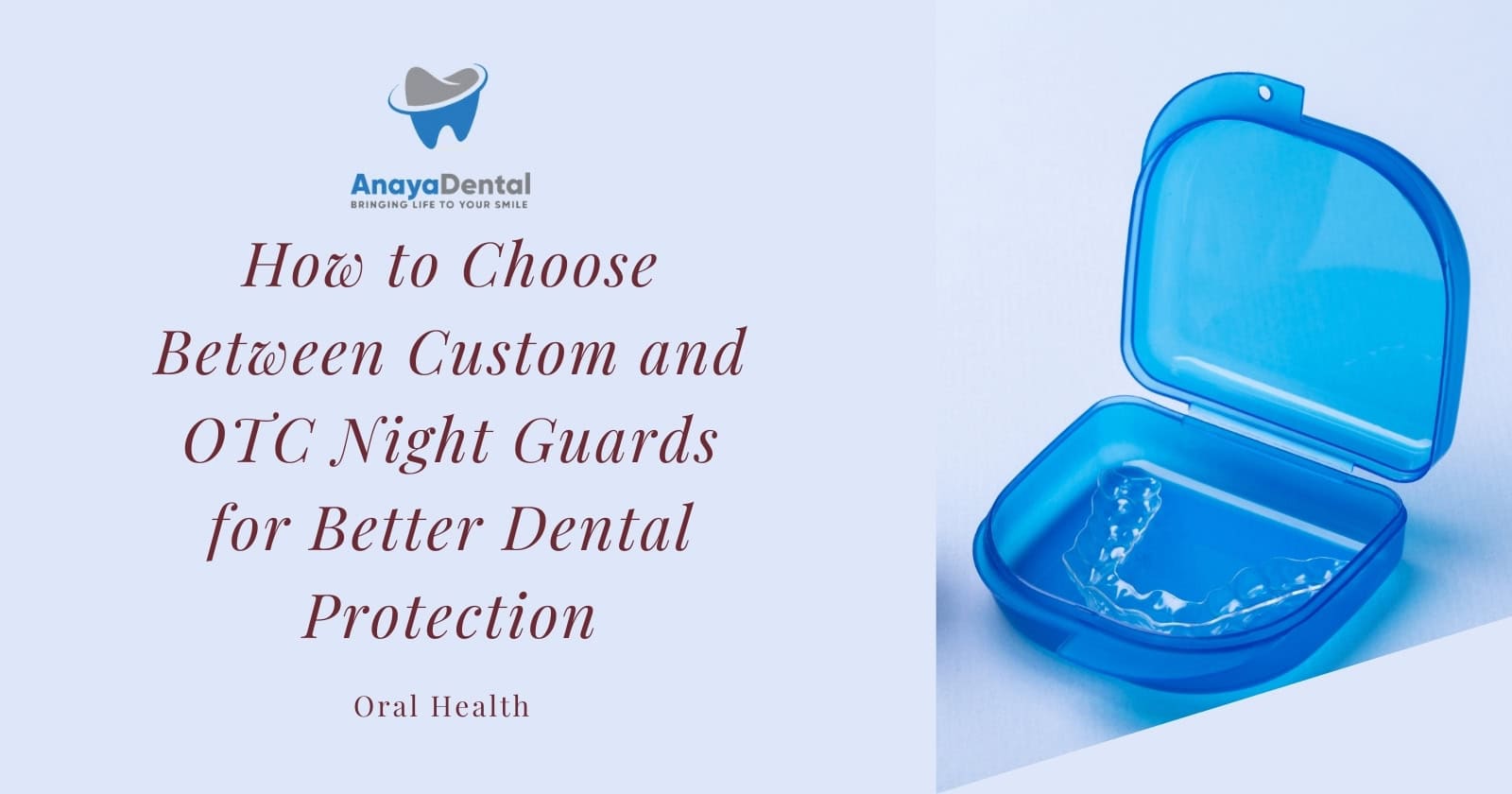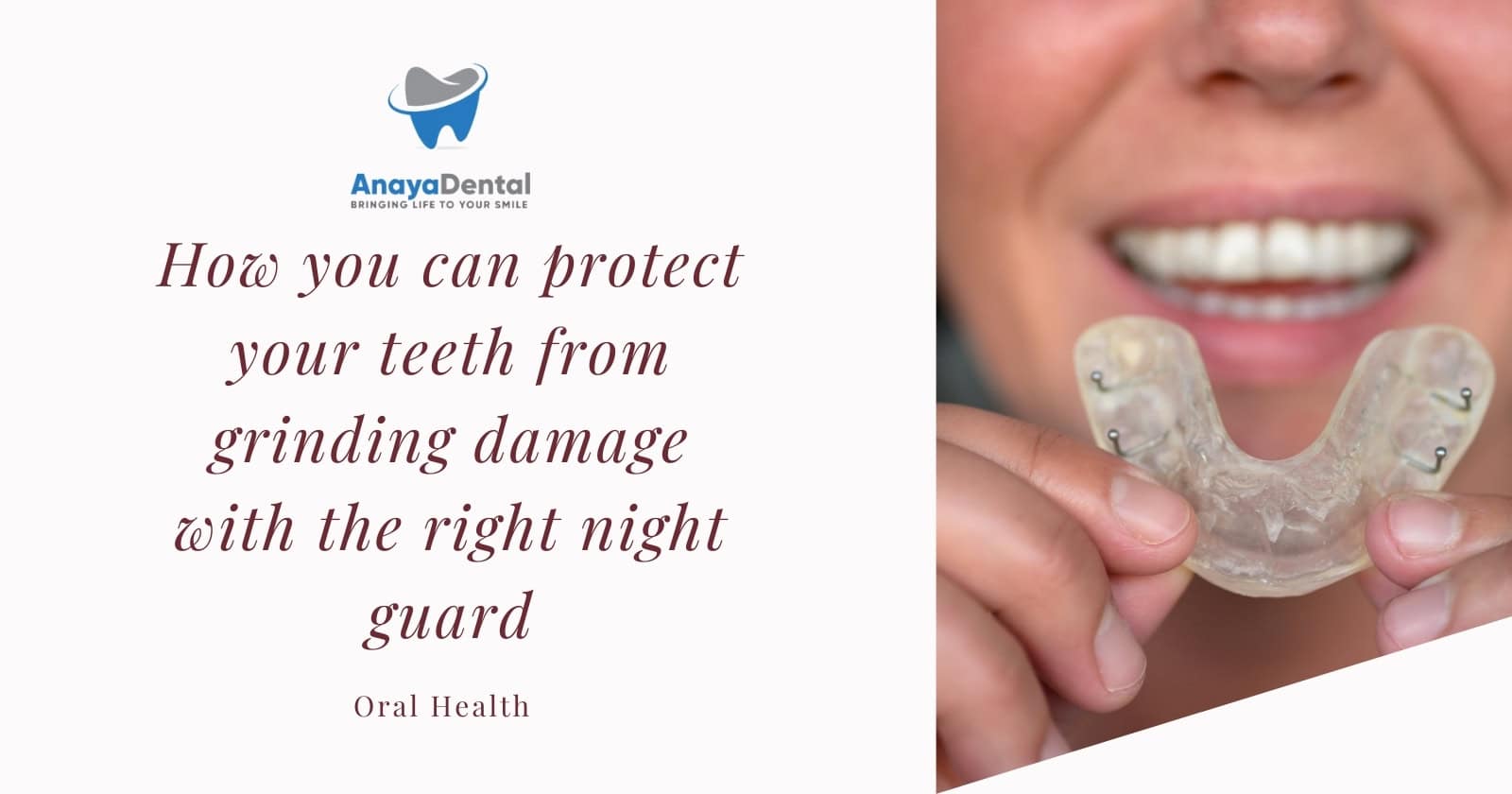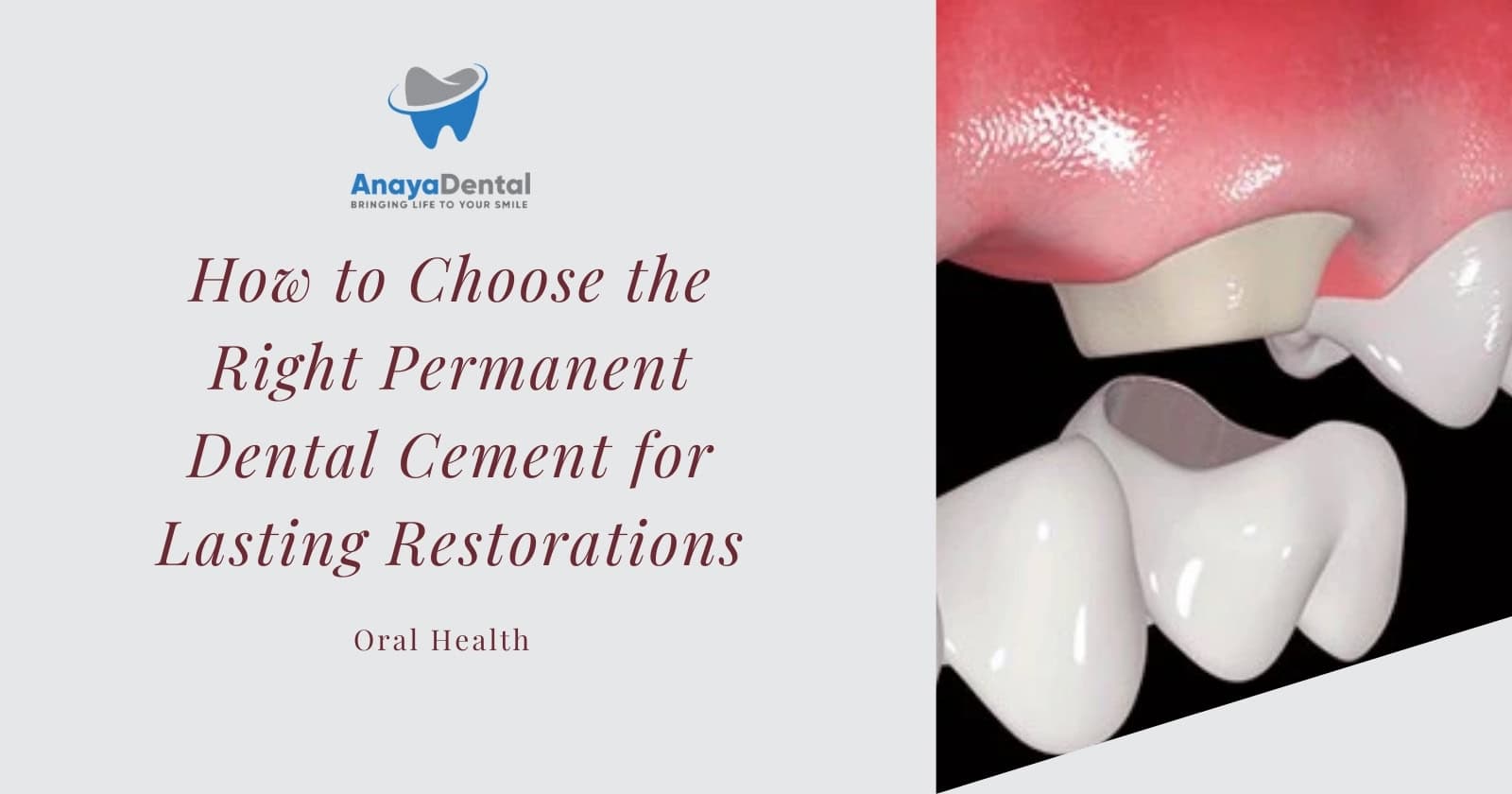Taking care of your dental health doesn’t have to break the bank. With strategic approaches and consistent habits, you can maintain a healthy smile without expensive procedures. This comprehensive guide will walk you through affordable ways to improve your oral hygiene, prevent common dental problems, and access quality dental care when you need it—all while staying within your budget.
Understanding the Importance of Dental Health
Your dental health affects more than just your smile. Poor oral hygiene has been linked to serious health conditions like heart disease, diabetes, and respiratory infections. According to the American Dental Association, preventive care is the most cost-effective approach to dental health in the long run, saving you from expensive treatments later.
When you’re on a limited budget, focusing on prevention becomes even more crucial. Every dollar spent on maintaining your dental health can save you hundreds in potential treatment costs down the road.
Try Our Dental Calculators
Daily Habits That Cost Nothing But Save Thousands
Perfecting Your Brushing Technique
The foundation of good oral health starts with proper brushing, and improving your technique costs nothing. Many people brush incorrectly, missing crucial areas of their teeth.
For optimal results:
- Brush for a full two minutes, twice daily
- Hold your toothbrush at a 45-degree angle to your gums
- Use short, gentle strokes rather than aggressive scrubbing
- Cover all surfaces: outer, inner, and chewing surfaces
- Don’t forget to brush your tongue to remove bacteria
Using a timer on your phone can help ensure you’re brushing long enough. This simple adjustment to your routine can dramatically improve your dental hygiene without spending an extra penny.
Mastering the Art of Flossing
Flossing removes plaque and food particles from between your teeth where your toothbrush can’t reach. Despite being one of the most cost-effective preventive measures, many people skip this crucial step.
To make flossing more effective:
- Use about 18 inches of floss, winding most around your middle fingers
- Hold one inch of floss tightly between thumbs and forefingers
- Guide the floss gently between teeth using a rubbing motion
- Curve the floss around each tooth in a C-shape, going beneath the gumline
- Use a clean section of floss for each tooth to avoid spreading bacteria
A container of dental floss costs a few dollars and can last for months, making it one of the most cost-effective dental tools available.
Hydration: Your Mouth’s Natural Defender
Drinking water is not only free (or nearly so) but also provides significant benefits for your oral health. Water helps wash away food particles and dilutes acids produced by bacteria in your mouth.
When you stay hydrated:
- Your body produces more saliva, which contains minerals that strengthen enamel
- You reduce dry mouth, a condition that increases your risk of tooth decay
- You help neutralize acidic foods and beverages that can damage enamel
Try carrying a reusable water bottle and sipping throughout the day, especially after meals when you can’t brush immediately.
Budget-Friendly Dental Products That Deliver Results
Choosing the Right Toothbrush
You don’t need an expensive electric toothbrush to maintain good oral health. A basic soft-bristled manual toothbrush can be highly effective when used properly.
When selecting a toothbrush:
- Always choose soft bristles to protect your enamel and gums
- Look for a small head that can reach all areas of your mouth
- Consider handles with rubber grips for better control
- Replace your toothbrush every three months or sooner if bristles become frayed
Many dentists give out free toothbrushes at check-ups, so don’t hesitate to ask for one at your next appointment.
Effective, Affordable Toothpastes
When it comes to toothpaste, you’re primarily looking for one ingredient: fluoride. This mineral strengthens enamel and helps prevent decay. Most affordable toothpastes contain adequate fluoride levels.
To maximize value:
- Look for toothpastes with the ADA Seal of Acceptance
- Watch for sales and buy in bulk when possible
- Use only a pea-sized amount per brushing (most people use too much)
- Consider store brands, which often contain the same active ingredients as name brands
A tube of toothpaste typically lasts 2-3 months with proper use, making it an economical investment in your dental health.
Alternative Flossing Options
Traditional floss isn’t your only option for cleaning between teeth. If you find flossing difficult or time-consuming, consider these budget-friendly alternatives:
- Floss picks: These Y-shaped tools hold a small piece of floss and may be easier to maneuver
- Interdental brushes: Tiny brushes that fit between teeth, especially useful for larger gaps
- Water flossers: Though more expensive initially, they can be a worthwhile investment if you have braces, bridges, or struggle with traditional flossing methods
Many dollar stores carry floss picks and interdental brushes at very affordable prices, making them accessible options for most budgets.
DIY Remedies and Home Care Strategies
Oil Pulling for Improved Oral Health
Oil pulling is an ancient practice that involves swishing oil (typically coconut oil) around your mouth for 15-20 minutes. While scientific evidence is limited, many people report whiter teeth, less sensitivity, and healthier gums from this practice.
To try oil pulling:
- Use one tablespoon of coconut oil (costs about $0.10 per session)
- Swish gently for 15-20 minutes in the morning before eating
- Spit the oil into the trash (not down the drain, as it can clog pipes)
- Rinse with warm water and brush as normal
A jar of coconut oil costs around $5-10 and can last for months of daily oil pulling, making it a very cost-effective addition to your routine.
Baking Soda as a Natural Whitener
Baking soda is mildly abrasive and naturally alkaline, which helps remove surface stains and neutralize acids in your mouth. It’s an extremely affordable alternative to commercial whitening products.
For occasional use:
- Mix 1 teaspoon of baking soda with enough water to form a paste
- Brush gently for no more than two minutes
- Use no more than twice per week to avoid damaging enamel
- Follow with regular fluoride toothpaste
A box of baking soda costs about $1 and can be used for dozens of treatments, along with countless other household purposes.
Natural Remedies for Dental Pain
When dental pain strikes and you can’t immediately see a dentist, these home remedies may provide temporary relief:
- Saltwater rinse: Dissolve 1/2 teaspoon of salt in 8 ounces of warm water and rinse
- Clove oil: Apply a small amount to the affected area with a cotton ball
- Cold compress: Apply to the outside of your cheek for 15-20 minutes to reduce swelling
- Tea bags: Steep a black tea bag, allow it to cool slightly, and apply to the affected area
These remedies cost pennies per use and can help manage pain while you arrange professional care.
Finding Affordable Dental Care Services
Dental Schools: Quality Care at Reduced Rates
Dental schools offer services performed by supervised students at significantly reduced rates—often 50-70% less than private practices. The trade-off is longer appointment times and more visits, but the quality of care is typically excellent due to close faculty supervision.
To find a dental school near you:
- Visit the American Dental Association’s website for a list of accredited dental schools
- Call ahead to inquire about services, waiting times, and payment options
- Be prepared for longer appointments and multiple visits
Many dental schools also offer payment plans, making comprehensive care even more accessible.
Community Health Centers
Federally qualified health centers (FQHCs) provide dental services on a sliding fee scale based on your ability to pay. These centers receive government funding to serve underinsured populations.
To utilize these services:
- Search for “community health center dental clinic” in your area
- Bring proof of income to determine your fee scale
- Schedule appointments well in advance, as these clinics are often busy
Despite potentially longer wait times, these centers provide essential services that can prevent small issues from becoming costly emergencies.
Dental Discount Plans
Unlike insurance, dental discount plans charge an annual fee (typically $80-150) for access to discounted rates at participating dentists. Members pay reduced fees—typically 10-60% off—directly to the dentist at the time of service.
When considering a discount plan:
- Check which dentists participate in your area
- Verify the discounts for services you’re likely to need
- Compare the annual fee against your expected savings
- Remember there are no annual maximums or waiting periods
For those needing several procedures, these plans can provide substantial savings compared to paying full price.
Preventive Strategies That Save Money Long-Term
Diet Modifications for Dental Health
What you eat significantly impacts your dental health, and making smart choices costs nothing but can save thousands in treatment costs.
To protect your teeth through diet:
- Limit sugary foods and drinks, which feed harmful bacteria
- Reduce acidic beverages like soda and sports drinks that erode enamel
- Increase consumption of crunchy fruits and vegetables, which help clean teeth
- Include calcium-rich foods like yogurt and cheese to strengthen enamel
- Drink green or black tea, which contains compounds that suppress harmful bacteria
These choices not only benefit your dental health but improve your overall wellbeing without increasing your food budget.
Quit Smoking to Save Your Teeth and Your Wallet
Smoking not only stains your teeth but significantly increases your risk of gum disease, tooth loss, and oral cancer. Quitting saves both your dental health and substantial money.
Consider these savings:
- A pack-a-day smoker spends approximately $2,000 annually on cigarettes
- Smokers typically require more frequent dental cleanings and treatments
- The lifetime cost of smoking-related dental problems can exceed $20,000
Many free resources are available to help you quit, including state quitlines, which provide counseling and sometimes free nicotine replacement therapy.
Protecting Teeth During Sports and Sleep
Custom dental guards from dentists can cost $300-500, but store-bought boil-and-bite versions provide reasonable protection for $15-30.
For affordable protection:
- Use boil-and-bite mouthguards for sports activities
- Consider over-the-counter night guards if you grind your teeth
- Replace these guards when they show signs of wear
- Clean thoroughly after each use to extend lifespan
This small investment can prevent injuries and grinding damage that would require expensive restorative work.
Emergency Care: When to Spend and When to Wait
Recognizing True Dental Emergencies
Not all dental problems require immediate attention. Learning to distinguish between true emergencies and issues that can wait can save you from expensive emergency visits.
Situations that warrant immediate care:
- Severe pain that isn’t controlled with over-the-counter pain relievers
- Facial swelling or fever with tooth pain (may indicate infection)
- Knocked-out or severely loosened tooth (immediate treatment improves outcomes)
- Uncontrolled bleeding from the mouth
- Trauma to the jaw that affects your ability to open or close your mouth
For non-emergencies, scheduling a regular appointment can save hundreds compared to emergency services.
Temporary Solutions for Common Problems
When you encounter a dental issue but can’t immediately see a dentist, these temporary solutions may help:
For a lost filling:
- Dental cement from drug stores costs $5-10 and can temporarily replace a lost filling
- Sugar-free gum (preferably not mint) can provide very short-term protection if nothing else is available
For a chipped tooth:
- Dental wax ($2-5) can cover sharp edges until you can see a dentist
- Avoid chewing on that side of your mouth
For a lost crown:
- Denture adhesive or dental cement can temporarily reattach the crown
- Clove oil can help with associated pain
These temporary fixes buy you time to schedule a regular appointment rather than requiring immediate emergency care.
Long-Term Financial Planning for Dental Health
Setting Up a Dental Savings Fund
Creating a dedicated savings fund for dental care helps manage both routine and unexpected expenses without going into debt.
To build your dental fund:
- Set aside a small amount weekly or monthly specifically for dental care
- Aim to accumulate enough for an annual check-up plus a buffer for unexpected issues
- Keep these funds separate from your regular savings
- Increase your contributions after receiving tax refunds or bonuses
Even $10-20 per week adds up to significant protection against dental emergencies over time.
Negotiating Payment Plans with Dentists
Many dentists are willing to work out payment arrangements for necessary treatment, especially for established patients.
When discussing financial options:
- Ask about payment plans before treatment begins
- Inquire about cash discounts (many offices offer 5-10% off for immediate payment)
- See if prepayment options exist for planned procedures
- Be honest about your financial limitations and ask for the most cost-effective treatment plan
Having these conversations may feel uncomfortable, but most dental offices are accustomed to working with patients on financial arrangements.
Conclusion: Investing Wisely in Your Smile
Improving your dental health on a limited budget requires strategic thinking and consistent habits. By focusing on prevention, selecting cost-effective products, and knowing when and where to seek professional care, you can maintain a healthy smile without financial strain.
Remember that small investments in preventive care today will save you from expensive treatments tomorrow. Each time you brush properly, floss thoroughly, or choose water instead of soda, you’re making a deposit in your dental health bank.
Your smile is worth the effort. With these affordable strategies, you can achieve and maintain good oral health regardless of your financial circumstances.
